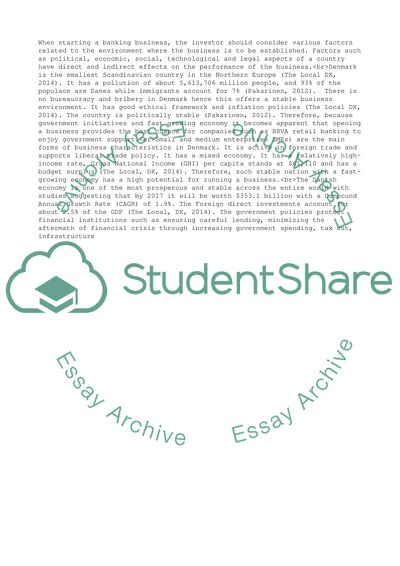Cite this document
(“International Business & Strategy Essay Example | Topics and Well Written Essays - 3000 words - 1”, n.d.)
International Business & Strategy Essay Example | Topics and Well Written Essays - 3000 words - 1. Retrieved from https://studentshare.org/business/1697930-international-business-strategy
International Business & Strategy Essay Example | Topics and Well Written Essays - 3000 words - 1. Retrieved from https://studentshare.org/business/1697930-international-business-strategy
(International Business & Strategy Essay Example | Topics and Well Written Essays - 3000 Words - 1)
International Business & Strategy Essay Example | Topics and Well Written Essays - 3000 Words - 1. https://studentshare.org/business/1697930-international-business-strategy.
International Business & Strategy Essay Example | Topics and Well Written Essays - 3000 Words - 1. https://studentshare.org/business/1697930-international-business-strategy.
“International Business & Strategy Essay Example | Topics and Well Written Essays - 3000 Words - 1”, n.d. https://studentshare.org/business/1697930-international-business-strategy.


